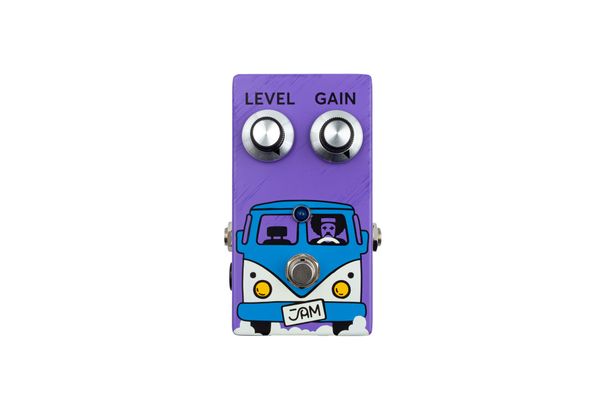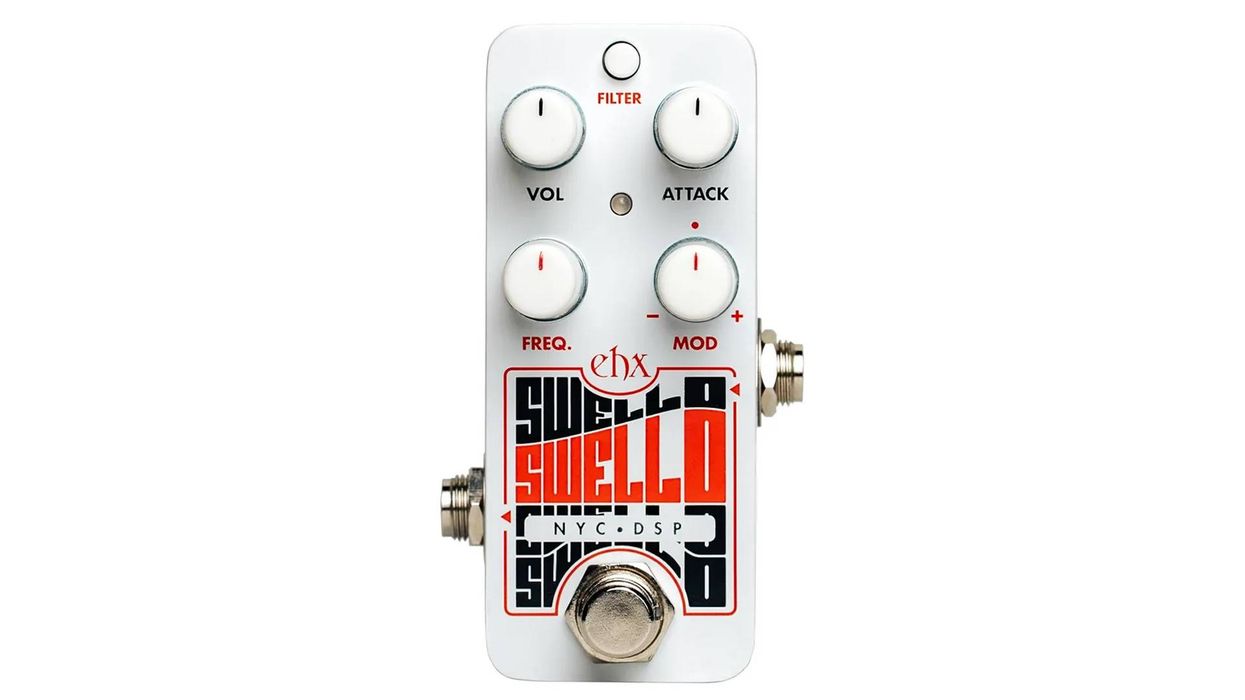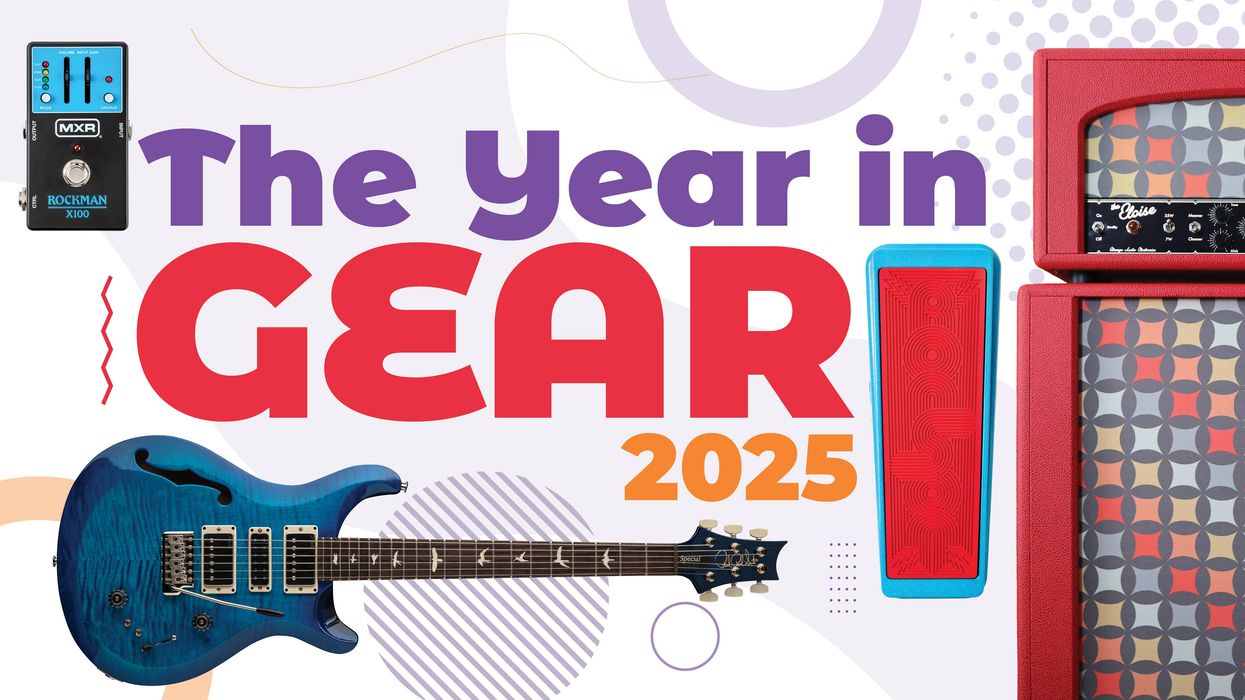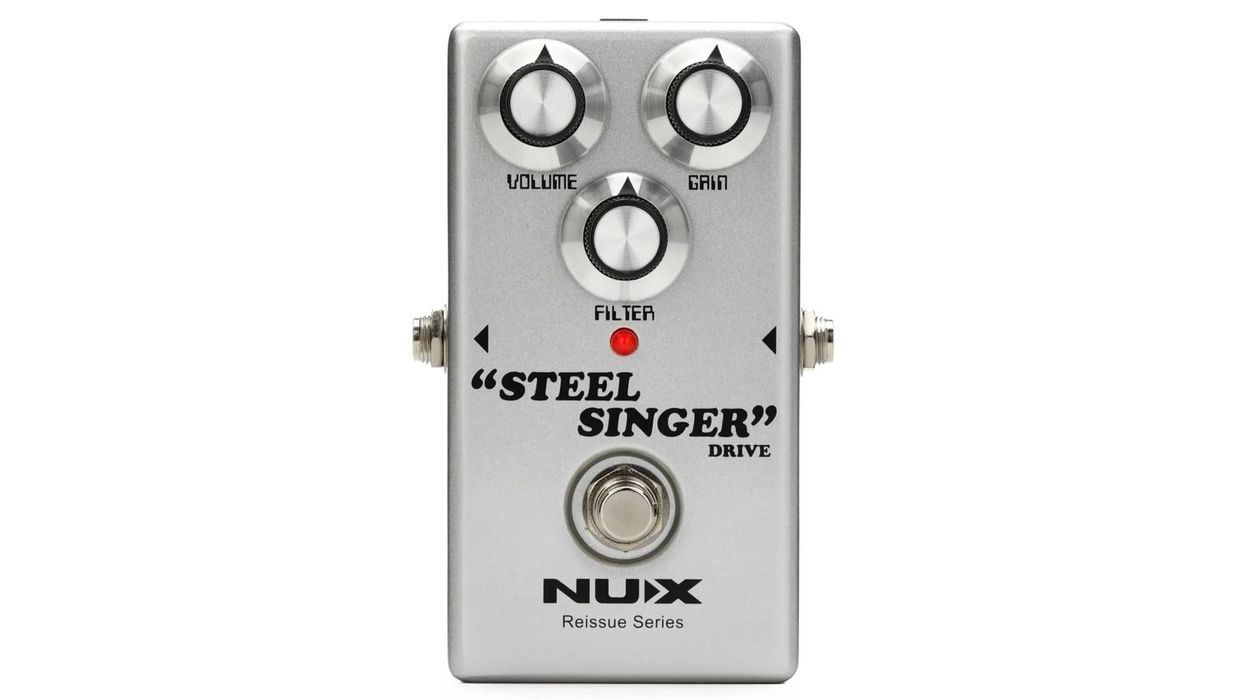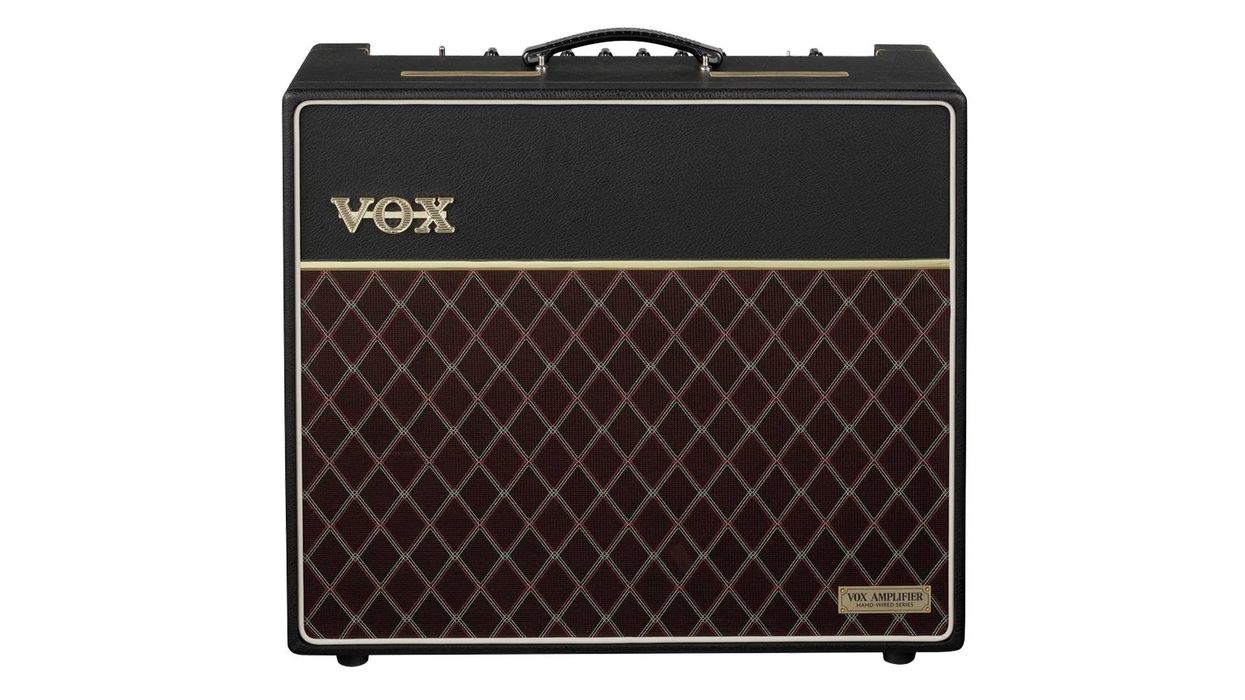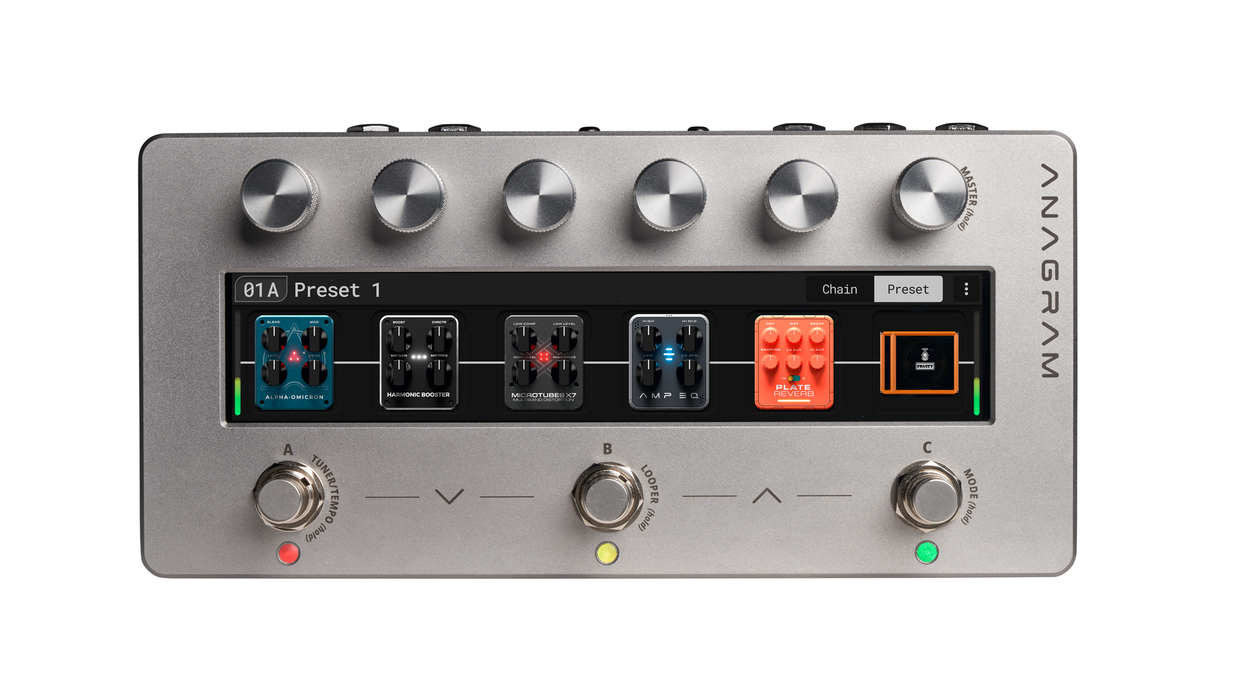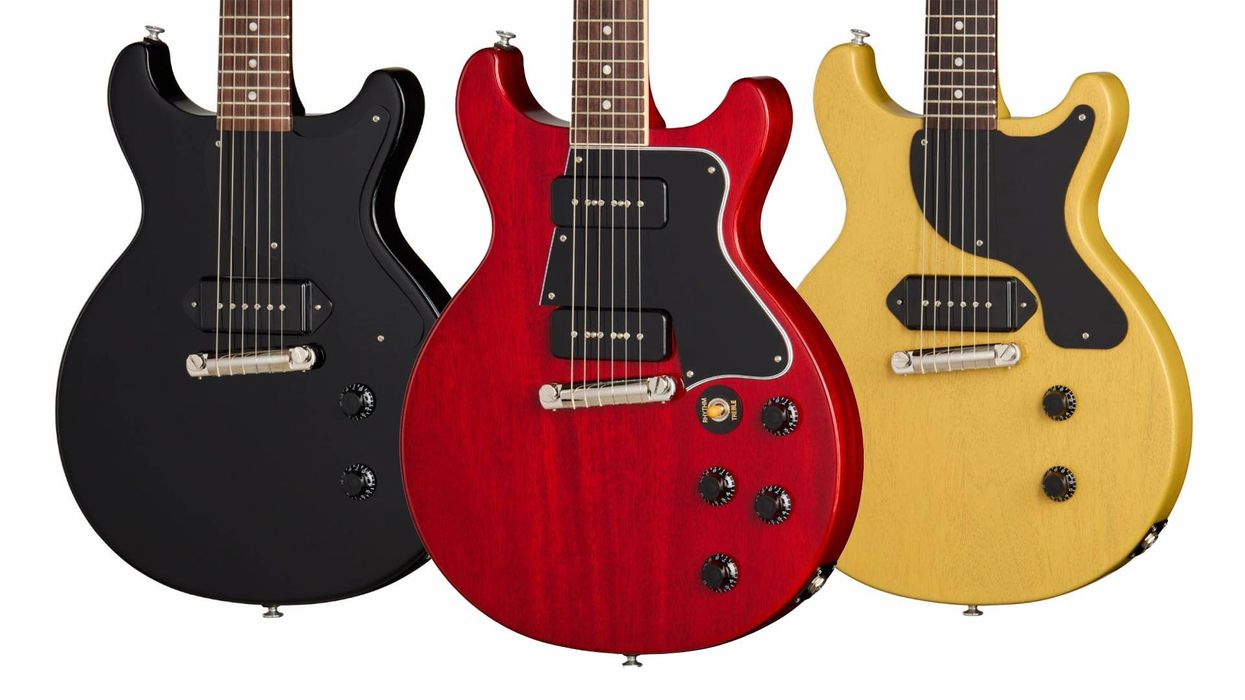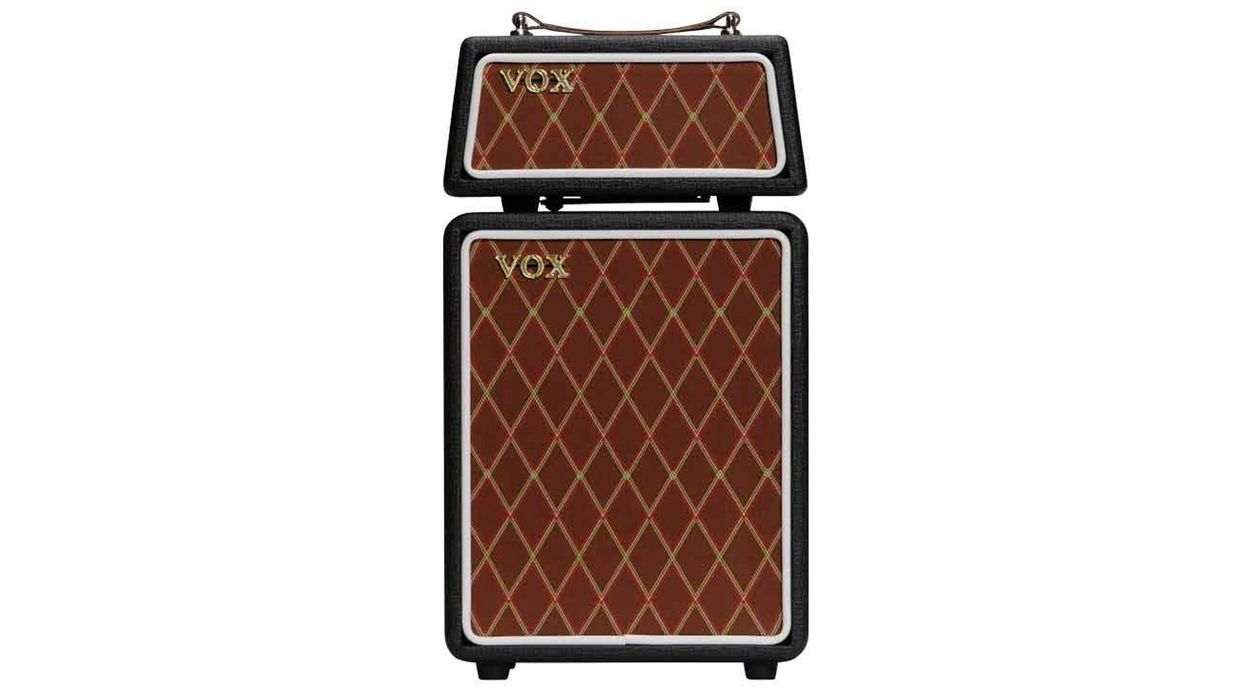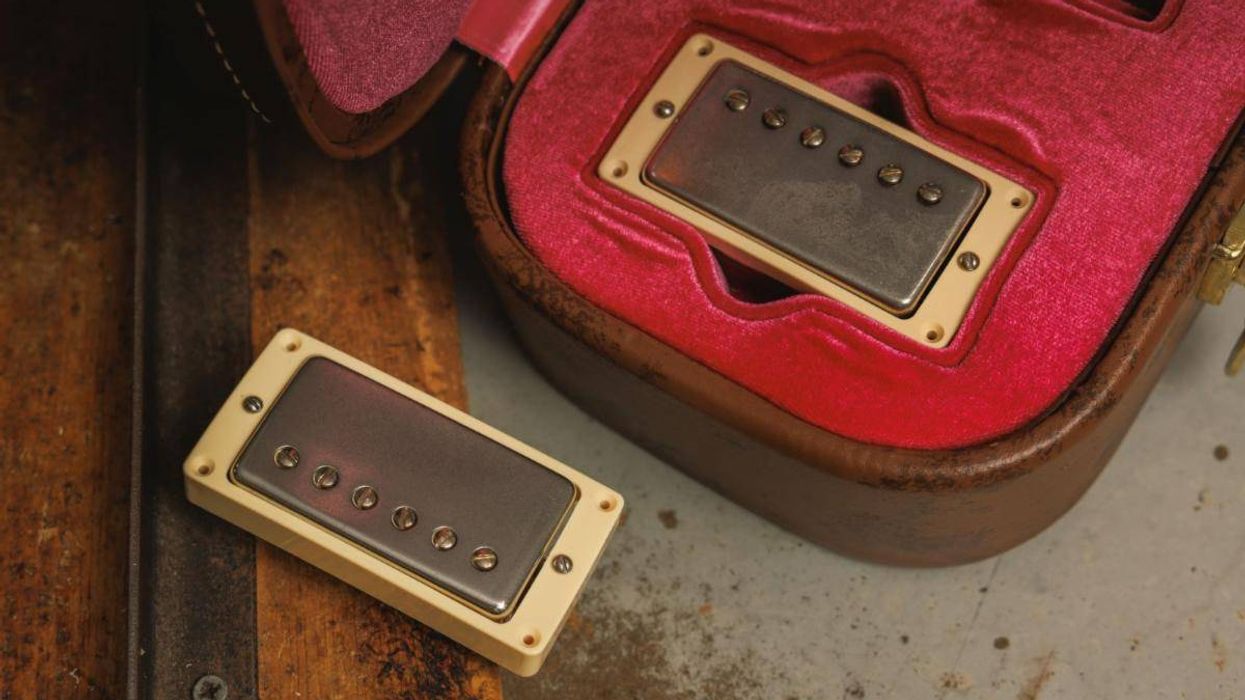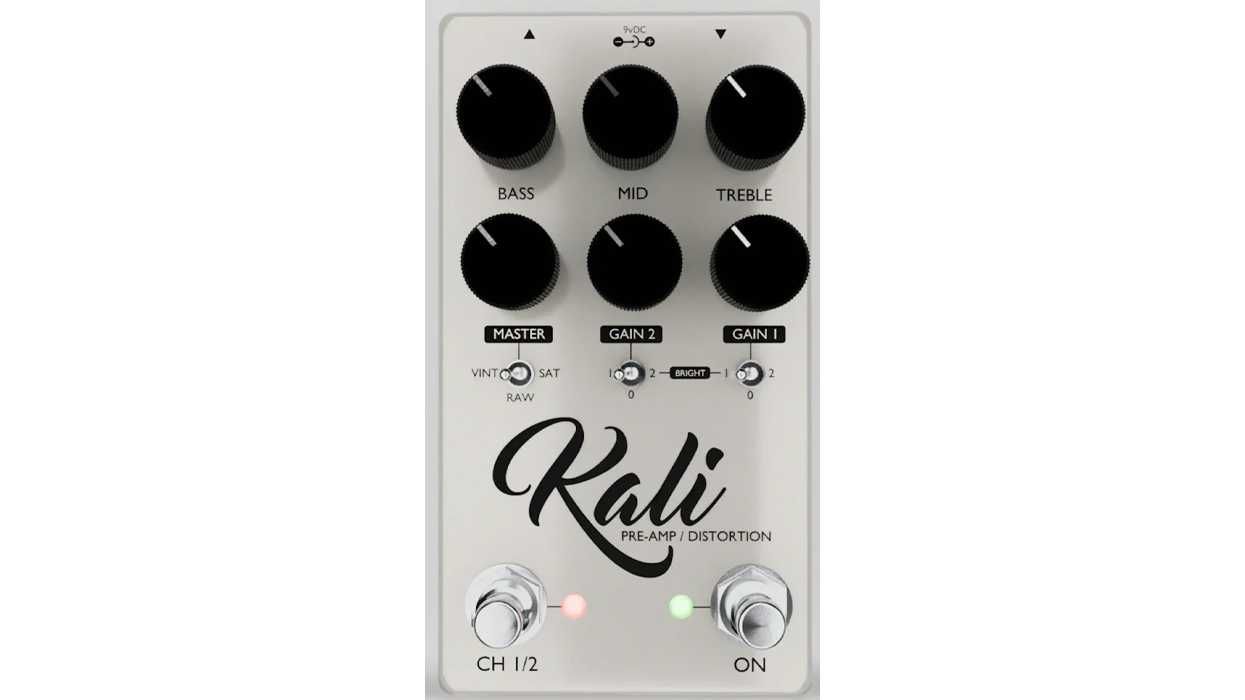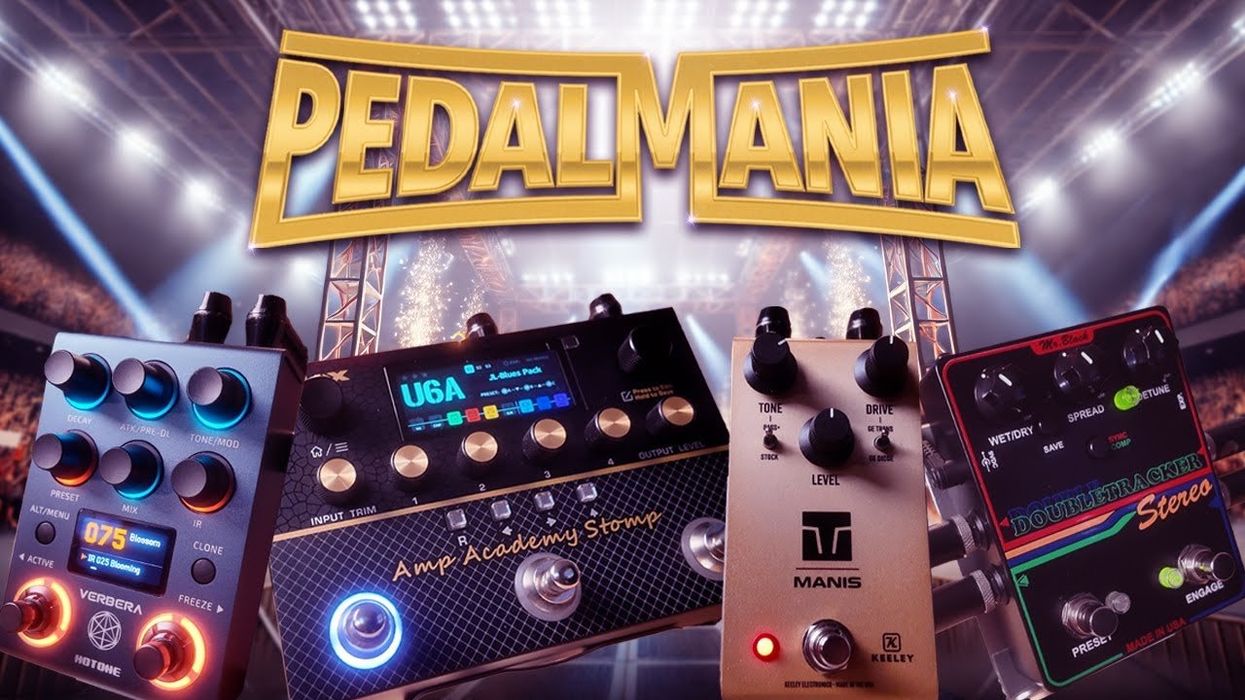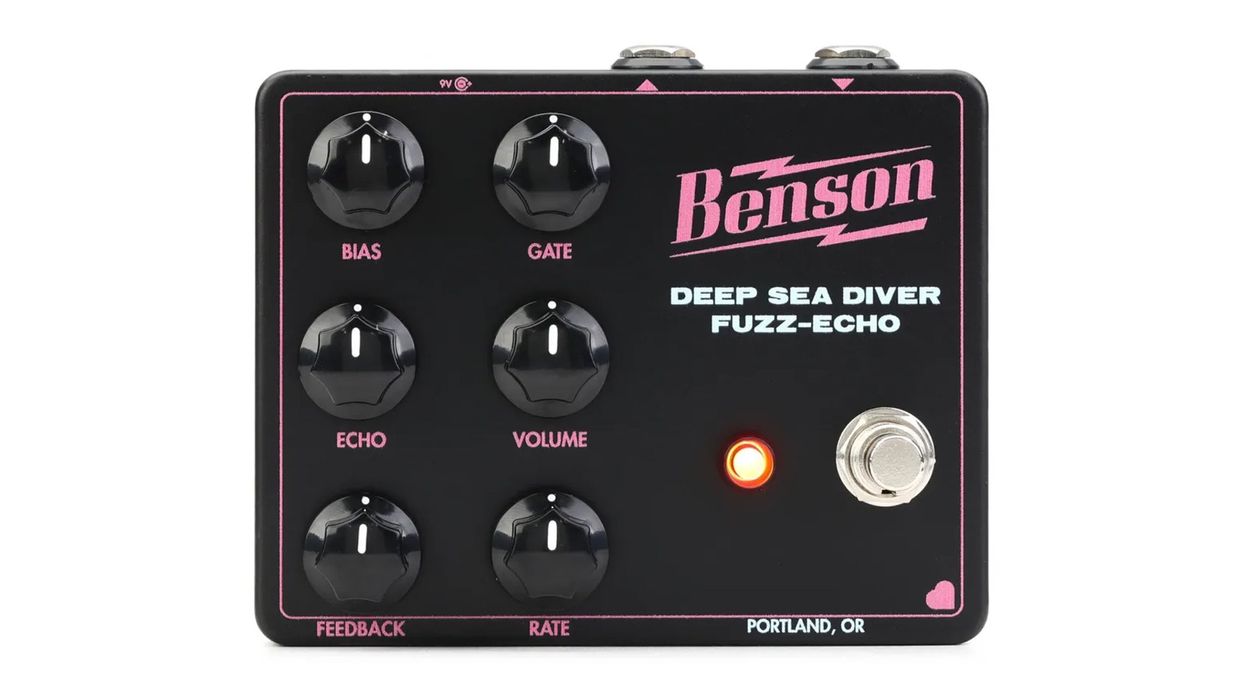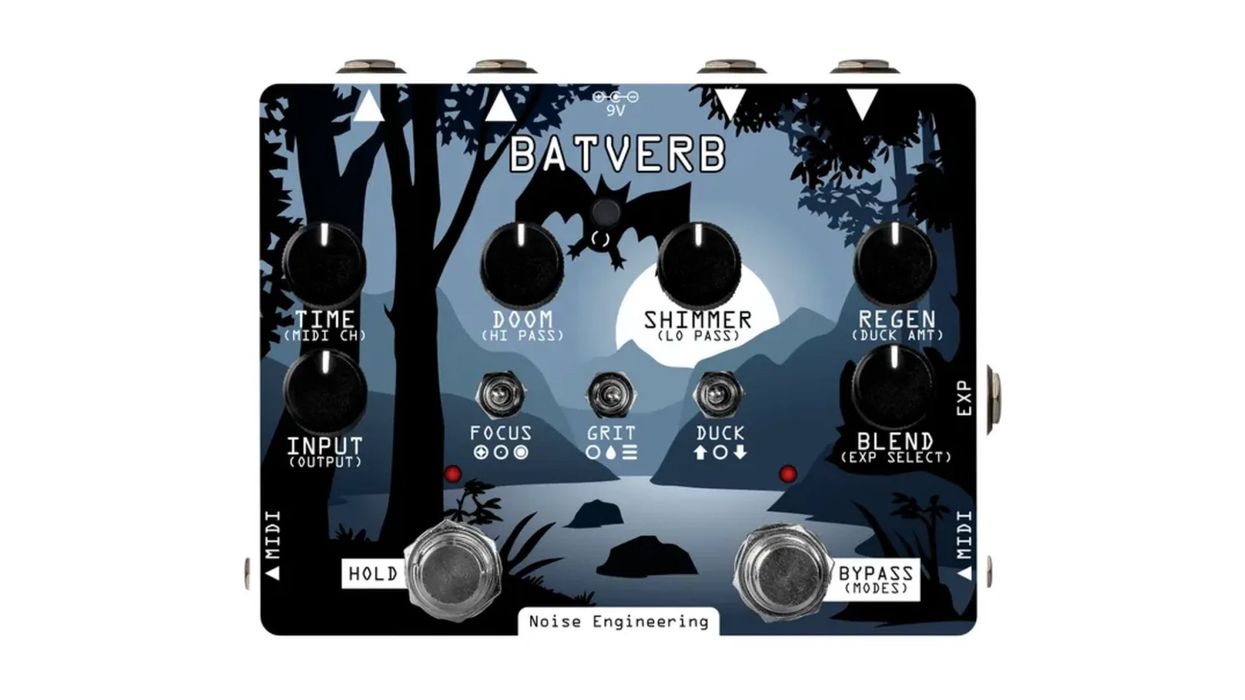Everyone has records and artists they indelibly associate with a specific stompbox. But if the subject is the silicon Fuzz Face, my first thought is always of David Gilmour and the Pink Floyd: Live at Pompeii film. What you hear in Live at Pompeii is probably shaped by a little studio sweetening. Even still, the fuzz you hear in “Echoes” and “Careful With That Axe, Eugene”—well, that is how a fuzz blaring through a wall of WEM cabinets in an ancient amphitheater should sound, like the sky shredded by the wail of banshees. I don’t go for sounds of such epic scale much lately, but the sound of Gilmour shaking those Roman columns remains my gold standard for hugeness.
JAM’s Fuzz Phrase Fuzz Face homage is well-known to collectors in its now very expensive and discontinued germanium version, but this silicon variation is a ripper. If you love Gilmour’s sustaining, wailing buzzsaw tone in Pompeii, you’ll dig this big time. But its ’66 acid-punk tones are killer, too, especially if you get resourceful with guitar volume and tone. And while it can’t match its germanium-transistor-equipped equivalent for dynamic response to guitar volume and tone settings or picking intensity, it does not have to operate full-tilt to sound cool. There are plenty of overdriven and near-clean tones you can get without ever touching the pedal itself.
Great Grape! It’s Purple JAM, Man!
Like any Fuzz Face-style stomp worth its fizz, the Fuzz Phrase Si is silly simple. The gain knob generally sounds best at maximum, though mellower settings make clean sounds easier to source. The output volume control ranges to speaker-busting zones. But there’s also a cool internal bias trimmer that can summon thicker or thin and raspy variations on the basic voice, which opens up the possibility of exploring more perverse fuzz textures. The Fuzz Phrase Si’s pedal-to-the-metal tones—with guitar volume and pedal gain wide open—bridge the gap between mid-’60s buzz and more contemporary-sounding silicon fuzzes like the Big Muff. And guitar volume attenuation summons many different personalities from the Fuzz Phrase Si—from vintage garage-psych tones with more note articulation and less sustain (great for sharp, punctuated riffs) as well as thick overdrive sounds.
If you’re curious about Fuzz Face-style circuits because of the dynamic response in germanium versions, the Fuzz Phrase Si performs better in this respect than many other silicon variations, though it won’t match the responsiveness of a good germanium incarnation. For starters, the travel you have to cover with a guitar volume knob to get tones approaching “clean” (a very relative term here) is significantly greater than that required by a good germanium Fuzz Face clone, which will clean up with very slight guitar volume adjustments. This makes precise gain management with guitar controls harder. And in situations where you have to move fast, you may be inclined to just switch the pedal off rather than attempt a dirty-to-clean shift with the guitar volume.
“The best clean-ish tones come via humbuckers and a high-headroom amp with not too much midrange, which makes a PAF-and-black-panel-Fender combination a great fit.”
The best clean-ish tones come via humbuckers and a high-headroom amp with not too much midrange, which makes a PAF-and-black-panel-Fender combination a great fit if you’re out to extract maximum dirty-to-clean range. You don’t need to attenuate your guitar volume as much with the PAF/black-panel tandem, and you can get pretty close to bypassed tone if you reduce picking intensity and/or switch from flatpick to fingers and nails. Single-coil pickups make such maneuvers more difficult. They tend to get thin in a less-than-ideal way before they shake the dirt, and they’re less responsive to the touch dynamics that yield so much range with PAFs. If you’re less interested in thick, clean tones, though, single-coils are a killer match for the Fuzz Phrase Si, yielding Yardbirds-y rasp, quirky lo-fi fuzz, and dirty overdrive that illuminates chord detail without sacrificing attitude. Pompeii tones are readily attainable via a Stratocaster and a high-headroom Fender amp, too, when you maximize guitar volume and pedal gain. And with British-style amps those same sounds turn feral and screaming, evoking Jimi’s nastiest.
The Verdict
Like every JAM pedal I’ve ever touched, the JAM Fuzz Phrase Si is built with care that makes the $229 price palatable. Cheaper silicon Fuzz Face clones may be easy to come by, but I’m hard-pressed to think they’ll last as long or as well as the Greece-made Fuzz Phrase Si. Like any silicon Fuzz Face-inspired design, what you gain in heat, you trade in dynamics. But the Si makes the best of this trade, opening a path to near-clean tones and many in-between gain textures, particularly if you put PAFs and a scooped black-panel Fender amp in the mix. And if streamlining is on your agenda, this fuzz’s combination of simplicity, swagger, and style means paring down pedals and controls doesn’t mean less fun.
